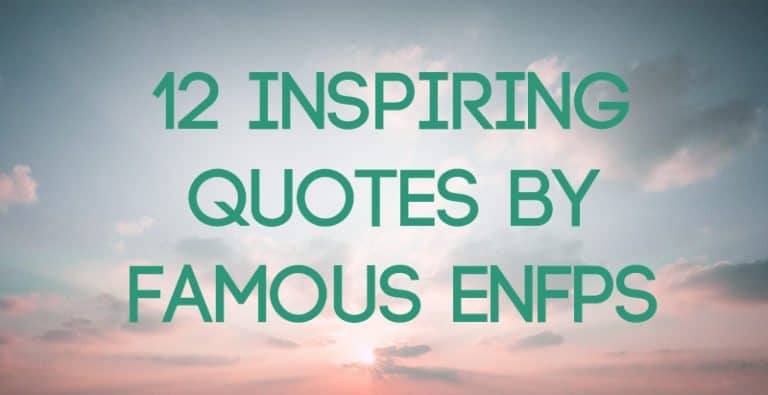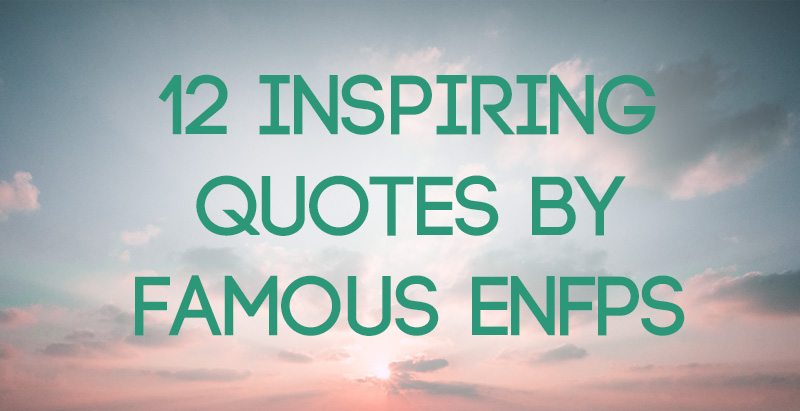The ISTP Cognitive Function Stack
Are you an ISTP trying to dig deeper into your personality type and what it all means? In typology communities online a lot of people ramble on with jargon that is hard to understand. If you’ve ever come across terms like “Ti,” “Se,” or “Ne,” you probably know what I mean. But today we’re going to make it easy to understand what’s going on in your head by looking at your ISTP Cognitive Function Stack.
Not sure what your personality type is? Take our personality questionnaire here. Or you can take the official MBTI® here.
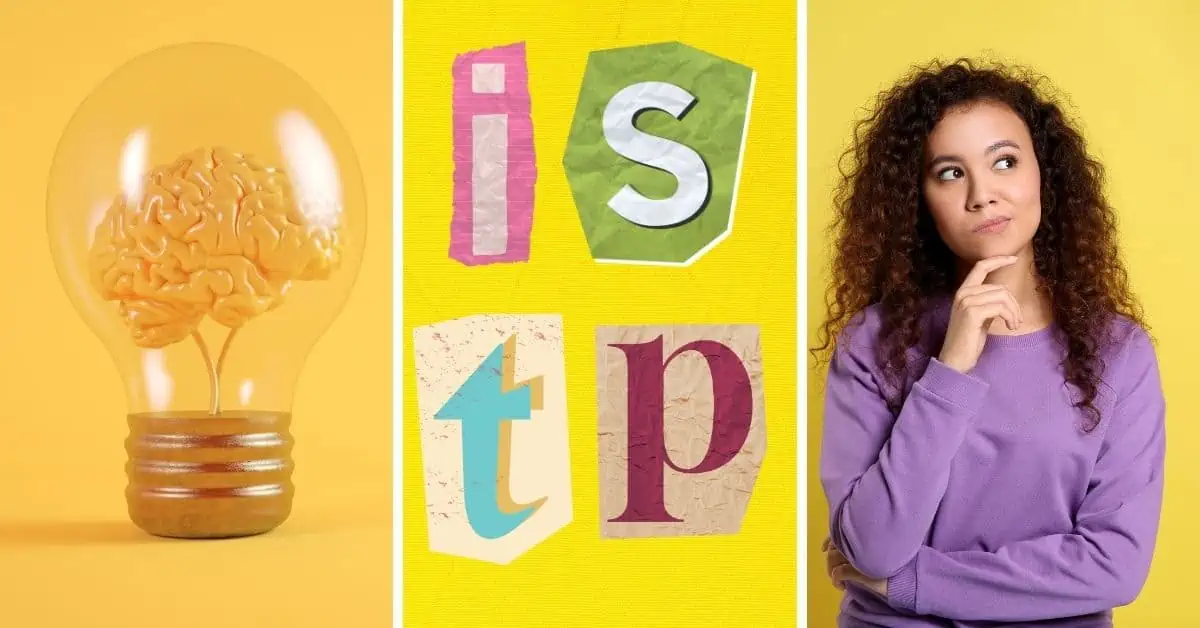
Table of contents
- The ISTP Cognitive Functions
- First off, what is a cognitive function stack?
- What do the different placements mean?
- Your Dominant Function as an ISTP: Introverted Thinking (Ti)
- Your Auxiliary Function: Extraverted Sensing (Se)
- Your Tertiary Function: Introverted Intuition (Ni)
- Your Inferior Function: Extraverted Feeling (Fe)
- What Are Your Thoughts?
- Other Articles You Might Enjoy:
- References:
Estimated reading time: 9 minutes
The ISTP Cognitive Functions
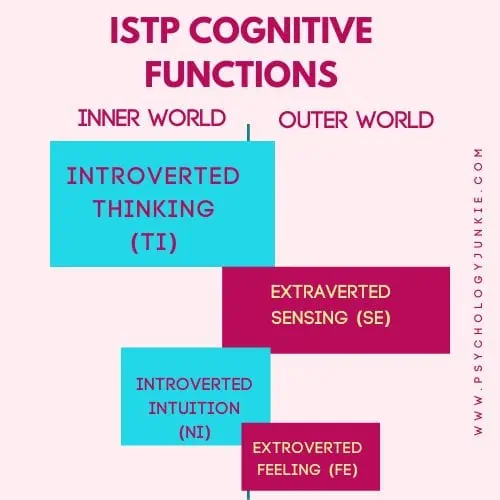
First off, what is a cognitive function stack?
Good question. The cognitive function stack is basically the mental toolbox you have at your disposal at all times. Knowing about your function stack is like knowing about the anatomy of your personality type. You’ll discover what “tools” you naturally use to handle whatever life hurls your way. For example, if you’re an ISTP your dominant function is Introverted Thinking (Ti). That means when you go through life, whenever you encounter an obstacle or an opportunity, you’re going to think first about what makes the most sense, what’s logical, and what fits within your mental framework of how things work and what’s logically consistent.
What do the different placements mean?
As we go through your function stack you’ll see different placement terms like dominant, auxiliary, tertiary, and inferior.
Your dominant function is your most natural, automatic function. It requires the least energy expenditure to use because it’s so comfortable. You’re more likely to feel confident and competent when you’re using this function.
Your auxiliary function is your second most natural, automatic function. It also requires fairly low energy to use. You tend to use this function to engage with the outer world, help people out, and show support to yourself or others.
Your tertiary function is your third most natural function. This one can feel fun and exciting to use at times, and at other times it can feel exhausting; especially if you have to use it publicly or under someone else’s scrutiny. Your proficiency here is usually hit-or-miss.
Your inferior function is the function you feel the most uncertainty around. It takes a lot more conscious energy to tap into this function, and it can kind of feel like using your non-preferred hand. It’s not automatic, doesn’t feel natural, and you tend to second-guess your results when you use this function.
Your Dominant Function as an ISTP: Introverted Thinking (Ti)
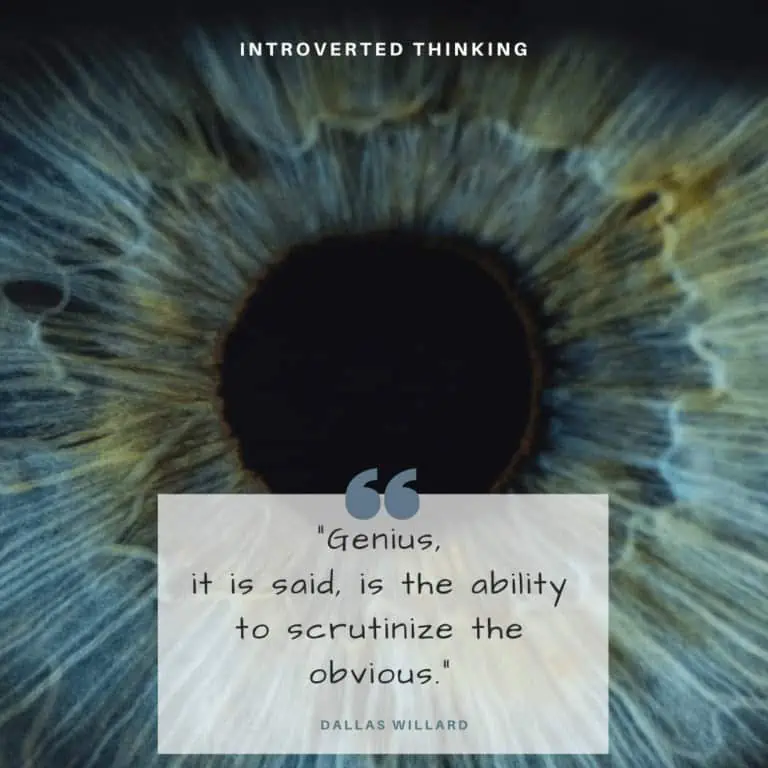
“How does this work?”
“Is this consistent?”
“What do I personally think makes sense?”
“Is this accurate?”
These are the questions that Introverted Thinking naturally asks when it’s in motion. This function is all about defining, deducing, categorizing, and analyzing.
ISTPs want to know how everything works. The toaster, the solar system, their computer, and your argument. They naturally hone in on the logical principles of everything around them to create a personal framework of reality.
Thanks to their constant probing into the “how” of everything, ISTPs are known for their problem-solving capabilities. Is your hardware not working right? An ISTP can probably figure out what’s going on (if they feel like it, don’t make demands, please!). ISTPs are often the resident tech support for their families, along with their INTP type-siblings. They know how to break down complex problems into manageable parts and fix them.
Another gift of Introverted Thinking is the ability to shut out distractions in order to problem-solve and analyze. When you need to think logically under pressure with a lot of chaos going on, Introverted Thinking is what you need.
The Introverted Thinking of ISTPs is constantly looking for data to fill in their mental taxonomy of “how the world works.” As ISTPs gather data, they sort, resort, and re-filter data into mental categories, looking for precision and exactness. You’ll see this come into play if you give out faulty information or use a word incorrectly. Chances are, an ISTP will let you know the more precise and accurate way to explain something. Or they might not, if they just don’t feel like being bothered or if they know that you’re the kind of person who would overreact to such critique.
Your Auxiliary Function: Extraverted Sensing (Se)

“What’s relevant?”
“What’s happening right now?”
“What are the facts?”
“What can I observe?”
These are the lenses through which Extraverted Sensing filters information. ISTPs are realists. They notice what’s happening, when it’s happening, and what to do about it. Rather than speculate and theorize, ISTPs are people of action and practicality. They use their analysis of how things work to take action and get moving. This can look like knowing the best route to hike a challenging mountain peak and immediately starting the climb. It could also look like reading someone’s body language and logically deducing what’s going on for them emotionally. Even though ISTPs aren’t feelers, they can pick up on physical and visual cues to interpret situations effectively in many situations.
Extraverted Sensing is also the function that ISTPs use when they’re trying to lend a hand to someone else. They tend to notice the facts about people in real time and react to them accordingly. You look cold? They might grab you a sweater. Your car broke down on the highway? Well, if they have the appropriate knowledge, they’re grabbing their tools and heading your way. Maybe you’re stressed driving in a new city; they’ll take the wheel and use their natural responsiveness to navigate this new terrain. ISTPs want to help people by providing real-time, practical solutions to immediate issues.
Your Tertiary Function: Introverted Intuition (Ni)
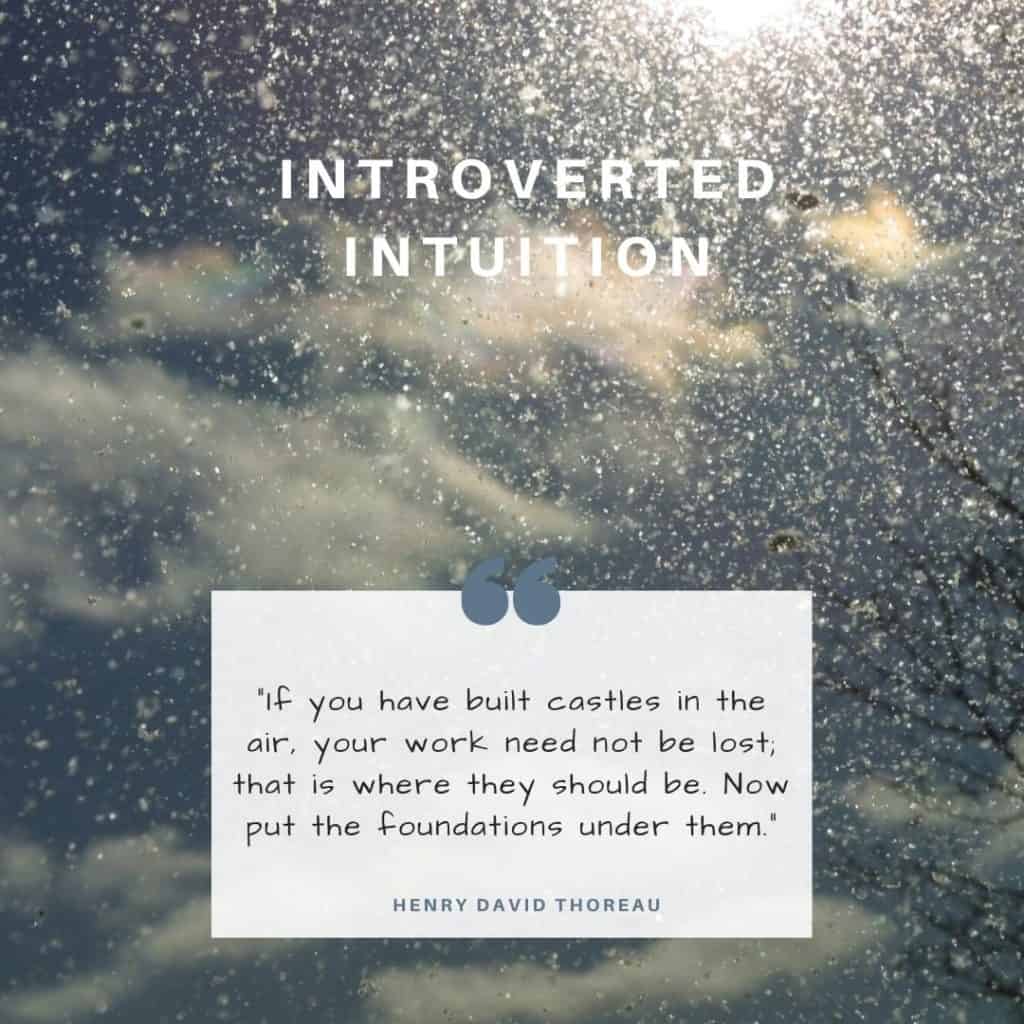
“What’s the pattern?”
“What’s the hidden meaning?”
“How will this likely relate to the future?”
“What is my hunch?”
“How will this play out?”
Introverted Intuition is all about grasping what’s going on behind the surface of reality. Extraverted Sensing, the auxiliary function for ISTPs, is all about reality, facts, and details. Introverted Intuition is, in many ways, the opposite of that. It’s focusing on insights that seem to come out of thin air; hunches, epiphanies, predictions, and senses of knowing that come from within.
Introverted intuition synthesizes material data, patterns, and symbols internally to create a sudden sense of knowing, an understanding of a meaningful connection. ISTPs enjoy toying with this function; guessing at things, hypothesizing, reading between the lines. But this isn’t something they take too seriously most of the time. They tend to see their Intuition as “fun, but flimsy” when it comes to accuracy. If they’re asked to theorize about things, they tend to hold back, feeling like it’s a little silly or feeling a lack of confidence from within. They may, as a result, dislike making long-term plans, believing that hypothesizing about the future is an exercise in futility.
Your Inferior Function: Extraverted Feeling (Fe)

“How do other people feel?”
“What are the emotions going on around me?”
“What vibe am I sensing from others?”
“What do people emotionally need right now?”
“What are the social values and expectations here?
The world of Extraverted Feeling is focused on emotional wavelengths, moods, vibes, expectations, and needs. When someone is tapped into Extraverted Feeling they’re naturally able to get in synch with other people’s emotions and energies. They can create rapport easily and often have a unique charm or charisma. For ISTPs, this function is in the inferior position. This means that ISTPs have a lot of uncertainty around it and it takes a tremendous amount of conscious energy to use.
How can this show up? ISTPs may feel overwhelmed by large social gatherings where a lot of chit-chat and rapport-building is involved. Getting to know people, sharing stories about life, laughing, smiling, and making polite banter can be something that feels completely exhausting to ISTPs. While they can get a general gist of the overall emotions of the room, they don’t necessarily feel confident that they can read it with accuracy.
The Inferior Function and Stress:
When dealing with extreme or chronic stress, ISTPs may show a sudden eruption of emotional behavior driven by their inferior Extraverted Feeling (Fe). They tend to keep this function suppressed because of how exhausting or confusing it can be to use. But when stress hits an unmanageable peak, it can flare up unexpectedly. When this happens, ISTPs suddenly seem more emotional than usual, more sensitive to how people feel about them, more insecure and unsure of themselves. Suddenly they feel more aware of their relationships and whether or not they’re happy or unhappy with them. They may seem uncharacteristically needy or emotive. This is deeply unsettling for ISTPs because they pride themselves on being cool-headed and logical. When their normal tools (Thinking and Sensing) fail them, they can feel overwhelmed by the Feeling side of themselves and feel like they are acting in ways that are impulsive and difficult to understand.
What Are Your Thoughts?
How do you relate to these cognitive functions? Was this guide helpful? Do you have any advice or input for fellow ISTPs? Let us know in the comments!
Other Articles You Might Enjoy:
24 Signs That You’re an ISTP: The Vigilante Personality Type
12 Amazing Fictional ISTP Characters
References:
Functions of Type: Activities to Develop the Eight Jungian Functions by Gary Hartzler and Margaret Hartzler (Telos Publications, 2005)
Building Blocks of Personality Type. A Guide to Discovering the Hidden Secrets of the Personality Type Code by Leona Haas and Mark Hunziker (2014, Eltanin Publishing)
Subscribe to Our Newsletter

Want to discover more about personality type? Get the inside scoop with Susan Storm on all things typological, along with special subscriber freebies, and discounts on new eBooks and courses! Join our newsletter today!









